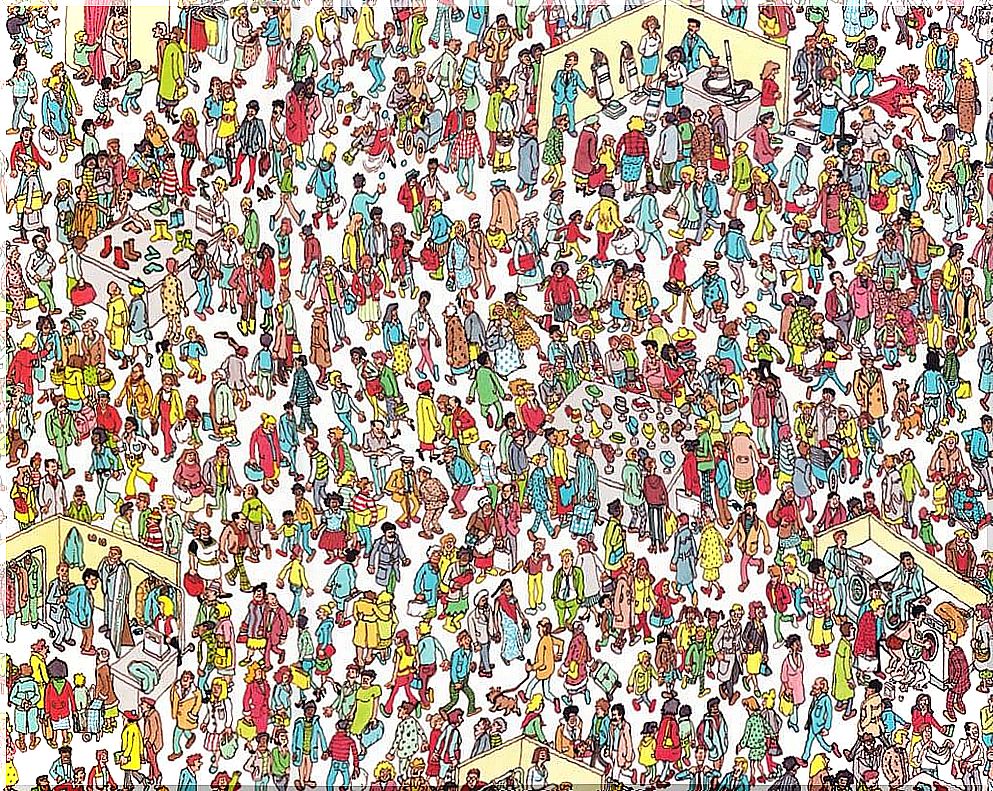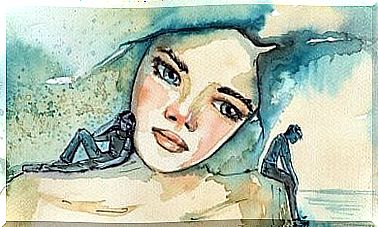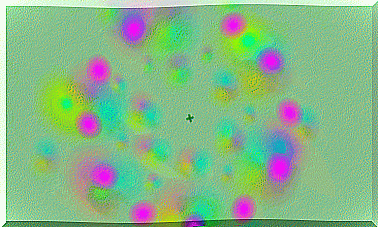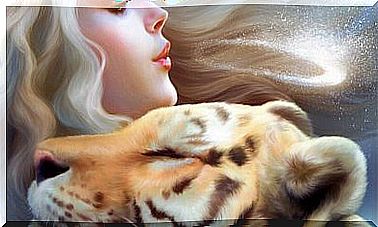How Do We Find Charlie?

Numerous studies have shown, in recent years, how certain advertisements affect our attention and our memory.
You certainly remember certain advertisements, which will make you laugh or which marked you for such or such a reason, and which you immediately associate with the brands which they are supposed to sell.
A 2009 study in the United States looked at the impact of these ads on our memory, and the role they play in the advertising / brand association process, which impacts us so strongly.
Neurologists from all walks of life are publishing studies on the visual processing of information that we can see on websites, and on the role that advertising plays on the web.
In this article, we’ll tell you about the practical applications advertisers and web designers employ to capture our attention and memory, in order to spark our interest.
To do this, we are going to give you an example that will allow you to easily understand this phenomenon, thanks to the famous series of books “Where is Charlie?”
Where is Charlie ?
This visual attention exercise game is world famous. Created by Martin Hanford, this series has been the subject of a dozen books, various video games, an animated series, and even a film. A success that cannot be denied for a character who has become an integral part of pop culture.
Charlie (or Waldo in the original version) is a young man who wears glasses, a beanie and a sweater with red and white stripes, which merge among the many other characters in the image. This complicates the task of finding Charlie.
Leaving aside the superficial elements, we can legitimately ask ourselves: how long do we need to find a distinct element in a visually busy, or full environment?
How do our eyes manage to make out Charlie in a dense visual image, filled with detail and false optics?
These were the questions posed by researchers Robert Desimone, director of the McGovern Institute for Brain Studies, and Don Berkey, professor of neuroscience at MIT. Concretely, they wanted to explore the theses of two very different schools of thought.
Are we doing a near-automatic scanning of the page, like a scanner, in an orderly fashion and looking at every inch of the paper?
Or, on the contrary, do we scan the image as a whole, looking for clues in the general idea of Charlie’s search?
The answer seems to combine these two questions. The two systems that we have just described are active simultaneously, and this is a heritage of our evolution.
We need to focus our attention on the exercise, but we are also able to analyze the environment around us so that we don’t miss out on something that perhaps deserves attention.
And the way our brains work is fascinating. It creates a set of neurons, which fit together in a synchronized pattern. It is this synchronization that represents concentration, the focus of our attention.
In search of Charlie among the multitude
Back to Charlie. Neurons have very specific functions in our brain. Some are more effective at recognizing colors, while others can better identify shapes and patterns, for example.
In Charlie’s case, before we even start scanning the page, we “recruit” the neurons best able to recognize Charlie’s distinctive image from among the multitude of other characters.
As Charlie is dressed in red, we appeal to the neurons that are responsible for recognizing this color. So we create an image of Charlie in “the eye of our mind”.
Our detective neurons are therefore ready to intercept Charlie.
Foveal attention and peripheral attention
But how can we find Charlie? Our brain’s two recognition systems need to work in unison to enable us to achieve this feat.
To better understand this phenomenon, we will explain the difference between foveal attention and peripheral attention :
Foveal attention allows us to focus our eyes on an object, which helps us better recognize all the small details.
When we read, we use our foveal attention to recognize letter shapes and interpret them. Eye movement captures foveal attention. It represents the “ attention focusing ” function of our mind.
However, the brain has to tell our eyes how far to move. It does this based on peripheral attention, which represents what we see on the side of our eyes.
Peripheral attention allows us to scan a much larger field of vision than what we perceive with foveal attention.
Its objective is to determine whether there are any elements in this enlarged field of vision which might suggest that a reorientation of foveal attention would be desirable.
Peripheral vision is specially developed to recognize fairly large movements and signals. This has a significant impact on the effectiveness of advertising.
Imagine for a moment that our neural system identifies the pattern we are looking for. This image is totally implanted in our pre-frontal cortex.
Through peripheral vision, we begin to scan the entire image for potential occurrences.
To help us separate the most promising areas of the image from the visual fog formed by the other characters, an area of our pre-frontal cortex organizes our neurons to synchronize and pick up all the details.
This process is also used to pick up characteristic sounds in the midst of ambient noise. In a very noisy place, we have the ability to hear music at a particular point in the area.
Our foveal attention then focuses on the parts of the image where we feel it is very likely to find Charlie. That’s when we finely scan the area to see if Charlie is actually there.
This basic theory is also the one that comes into play when we visit a website.









